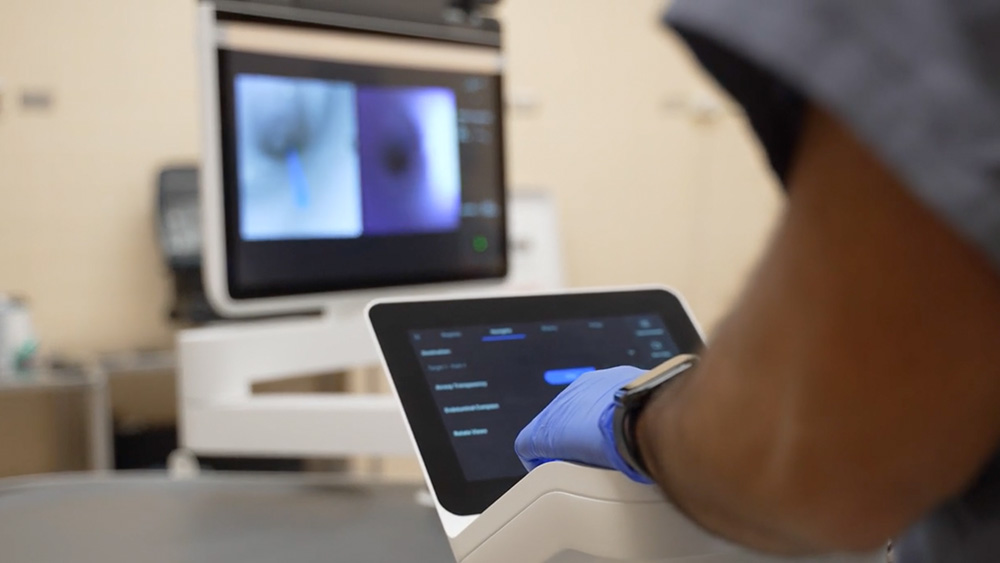Key Takeaways
- 1 in 8 men in the U.S. will be diagnosed with prostate cancer in their lifetime.
- PSA tests and digital rectal exams are the most common prostate cancer screening methods.
- Elevated PSA levels do not always mean cancer; additional testing is often needed.
One in eight men in the United States will be diagnosed with prostate cancer at some point in their life, according to the American Cancer Society. Approximately 35,000 men will die from prostate cancer every year.
Early detection through routine screenings is one of the best ways to catch prostate cancer before it becomes advanced or harder to treat, and is one of the most treatable cancers when caught early.
Matthew Truong, MD, is a urologist at the Center for Urology in Rochester, and explains the different types of prostate cancer screenings, what symptoms to watch for, and how patients should approach their care.
Who should get screened and when?
Most men should begin discussing prostate cancer screening with their provider around age 50.
Risk factors for prostate cancer include age, family history, and race. African-American men are twice as likely to be diagnosed with prostate cancer than other men. People who face these higher risks are recommended to start screenings between age 40-45.
Talk to your doctor about your personal risk and whether early screening is right for you.
What does screening involve?
Several screening methods can detect prostate cancer early. These are typically performed by your primary care provider or a urologist.
PSA blood test
The prostate-specific antigen (PSA) test is a blood test that measures levels of the PSA protein released by the prostate Elevated PSA levels can be a sign of cancer, though they can also result from benign conditions, like an enlarged prostate or infection. Your provider will monitor these levels over time to determine if further testing is needed.
Not all men will benefit from PSA screening for prostate cancer, particularly those over the age of 70 or those with a life expectancy of less than 10 years. Men older than 70 may choose not to have an exam, or consider alternative methods of screening.
Digital rectal exam (DRE)
To perform a DRE, a provider inserts a gloved, lubricated finger into the patient’s rectum to feel for any abnormal bumps or hard areas in the prostate that could indicate cancer.
What happens if further testing is needed?
If your initial screening shows an elevated PSA level or other concerns, your provider may refer you to a urologist for more detailed testing. At Rochester Regional Health, urologists use advanced imaging tools to improve the accuracy of prostate biopsies, including:
- Ultrasound-guided biopsy: A standard method where real-time ultrasound helps guide tissue sampling from the prostate.
- MRI/ultrasound fusion biopsy: If an MRI reveals a suspicious area, this technique combines MRI imaging with ultrasound to target specific regions with higher precision.
- Micro-ultrasound (ExactVu): This new high-resolution imaging offers sharper views, that is up to three times clearer than traditional ultrasound. This allows for more accurate targeting during a biopsy, even without prior MRI.
“We encourage patients to think about what’s best for them based on the risks, benefits, and limitations of screening, and to have an open conversation with their provider,” Dr. Truong said.
What if my screenings results are not normal?
If your screening results suggest a potential issue, your provider may recommend further testing or refer you to a urologist for specialized care.
Some of these follow-up tests may include:
- Repeat PSA blood test(s)
- Prostate MRI
- Non-invasive urinary biomarker tests
- Prostate biopsy
Remember: an abnormal result does not automatically mean you have cancer. Additional testing is simply part of a thorough diagnostic process. Not all prostate cancers require treatment. Some prostate cancers are low risk and are able to be safely monitored over time by a urologist.
Signs and symptoms of prostate cancer
Prostate cancer often has no symptoms in its early stages, which makes routine screening especially important. When symptoms do occur, they may be similar to those of other non-cancerous conditions like benign prostatic hyperplasia (BPH).
Signs of advanced prostate cancer may include:
- Difficulty starting urination
- Weak urine flow
- Urinating often, especially at night
- Blood in urine or semen
- Trouble emptying bladder completely
- Persistent back, hip, or pelvis pain
- Pain or burning during urination
- Painful ejaculation
If you are experiencing one or more of these symptoms, contact your primary care provider and schedule an appointment to discuss it further. Regular screenings help to catch cancer before it becomes advanced.









